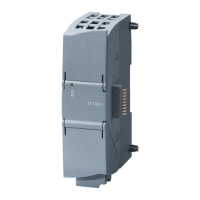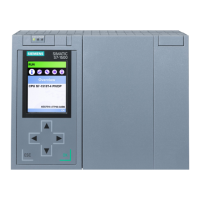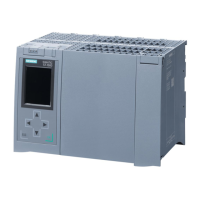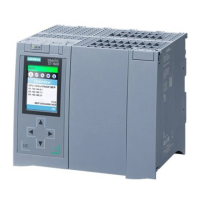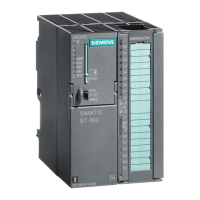Communication
10.2 PROFINET
S7-1200 Programmable controller
528 System Manual, 03/2014, A5E02486680-AG
Note
Initializing the communication parameters
After you insert the TC
ON instruction, use the "Properties" of the instruction (Page 150) to
communication parameters (Page 153). As you enter the parameters for the
communication partners in the inspector window, STEP
7 enters the corresponding data in
the instance DB for the instruction.
t to use a multi-instance DB, you must manually configure the DB on both CPUs.
Table 10- 7 TCON and TDISCON instructions
req:=_bool_in_,
ID:=_undef_in_,
done=>_bool_out_,
busy=>_bool_out_,
error=>_bool_out_,
status=>_word_out_,
connect:=_struct_inout_);
TCP and ISO on TCP: TCON initiates a
communications connection from the CPU to a
communication partner.
req:=_bool_in_,
ID:=_word_in_,
done=>_bool_out_,
busy=>_bool_out_,
error=>_bool_out_,
status=>_word_out_);
TCP and ISO on TCP: TDISCON terminates a
communications connection from the CPU to a
communication partner.
1
STEP 7 automatically creates the DB when you insert the instruction.
Table 10- 8 Data types for the parameters of TCON and TDISCON
REQ IN Bool Control parameter REQ starts the job by establishing the
connection specified by ID. The job starts at rising edge.
ID IN CONN_OUC (Word) Reference to the connection to be established (TCON) or
terminated (TDISCON) to the remote partner, or between
the user program and the communication layer of the
operating system. The ID must be identical to the
associated parameter ID in the local connection description.
Value range: W#16#0001 to W#16#0FFF
CONNECT
IN_OUT TCON_Param Pointer to the connection description (Page 153)

